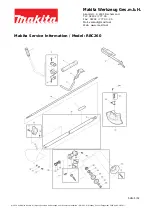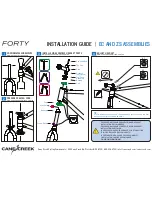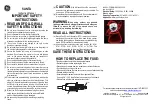
Maintenance
Manual_Grid_Power_FNC_en_V3_0
48
10.7.
Reconditioning
Reconditioning can eliminate or reduce capacity losses of a battery system. It is carried out
by repeatedly discharging/charging of the battery system with constant current.
DANGER!
Danger of explosion due to formation of oxyhydrogen gas!
When the cells are charged, water is decomposed and a hydrogen-oxygen-gas mixture
(oxyhydrogen gas) is formed, which readily explodes with low energy input.
Keep any source ignition away from the battery system:
Open flames or fire
Smoking
Glowing embers
Flying sparks during grinding work
Electrical sparks caused by switches or fuses
Hot surfaces with temperature above 300 °C
Electrostatic discharges
Work with electrically insulated tools that do not create sparks. Ground yourself when working
directly on the battery system.
WARNING!
Contact with the electrolyte can happen when measuring the electrolyte level. It can cause
severe chemical burns to the skin and severe damage to the eyes.
Wear safety glasses and safety gloves (five finger gloves made of latex or PVC) when working on
the batteries.
ATTENTION!
Ensure that the battery room or cabinet has an adequate ventilation. The ventilation has to keep
the hydrogen concentration below the threshold of 4% by volume during battery charging, in
accordance with DIN EN IEC 62485-2.
Precondition
Check the electrolyte level in each cell:
The electrolyte levels must be higher than the middle between minimum and maximum.
Fill up the electrolyte levels with distilled water to the middle between minimum and
maximum if necessary.
For instructions, refer to
10.2 Checking the Electrolyte Levels on page 41
For reconditioning, the battery is supplied with an electric charge of 1.5 Cn, where relatively
high cell voltages can arise while charging (up to 1.9 V).
1. Remove the plugs at each grid|power FNC
®
cell.
















































